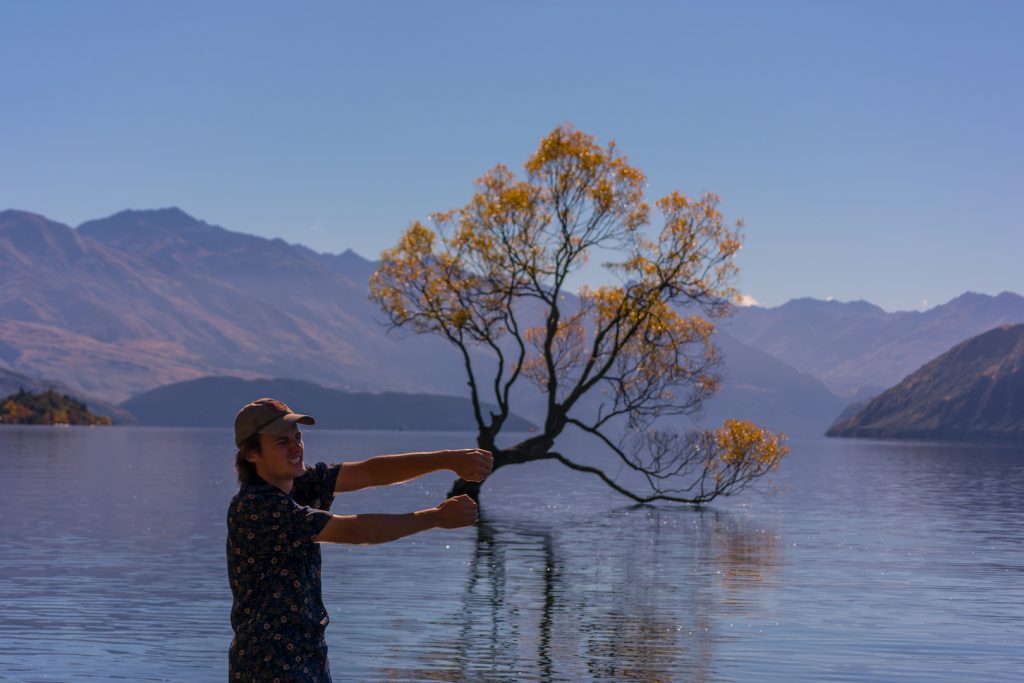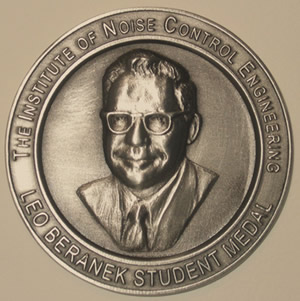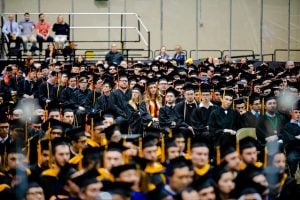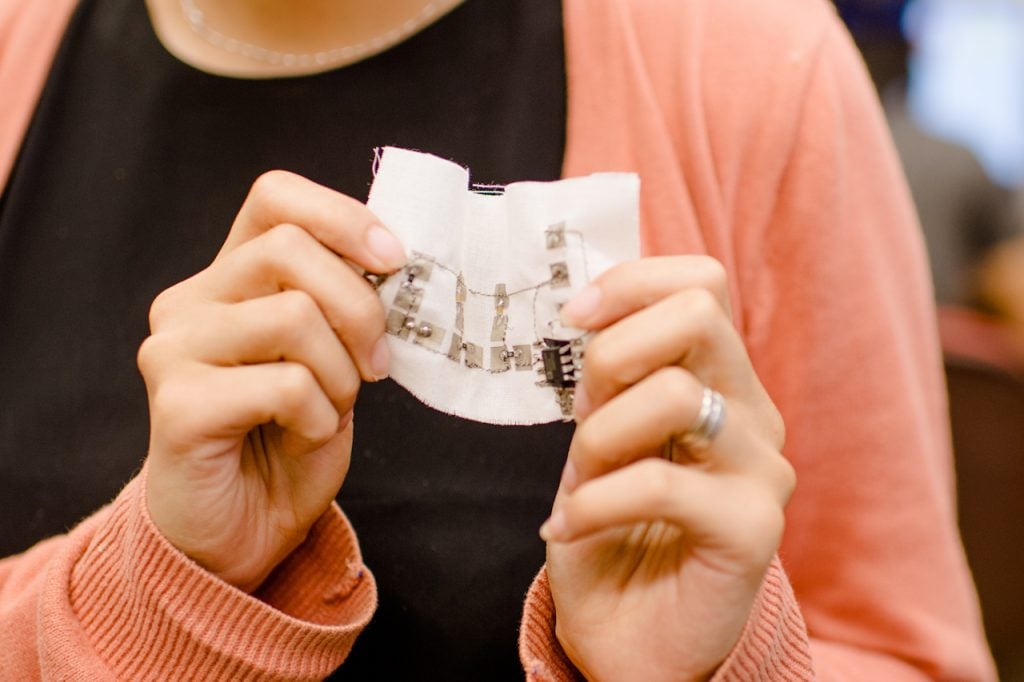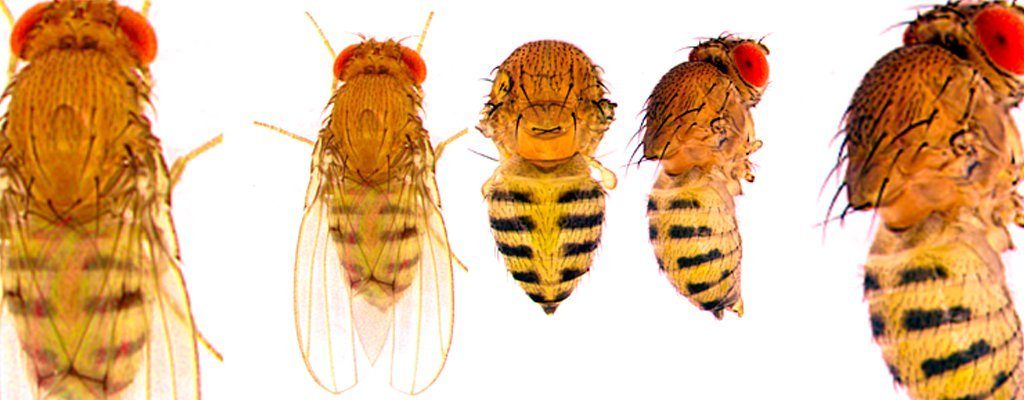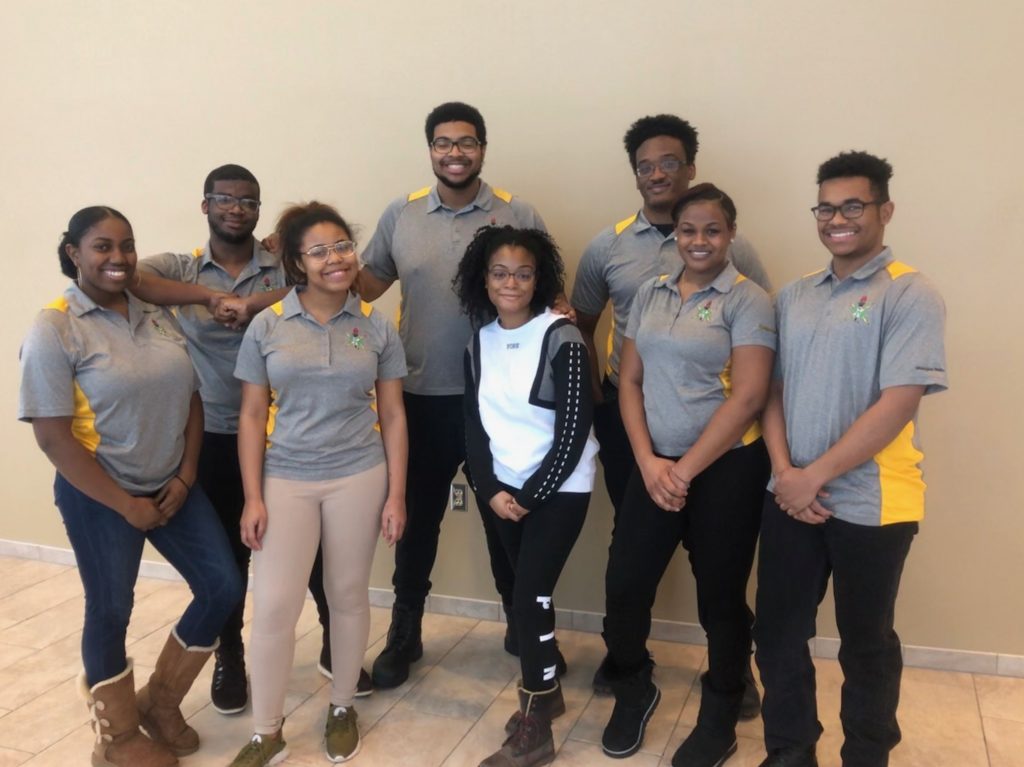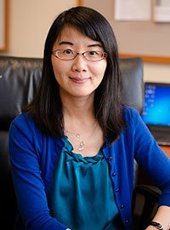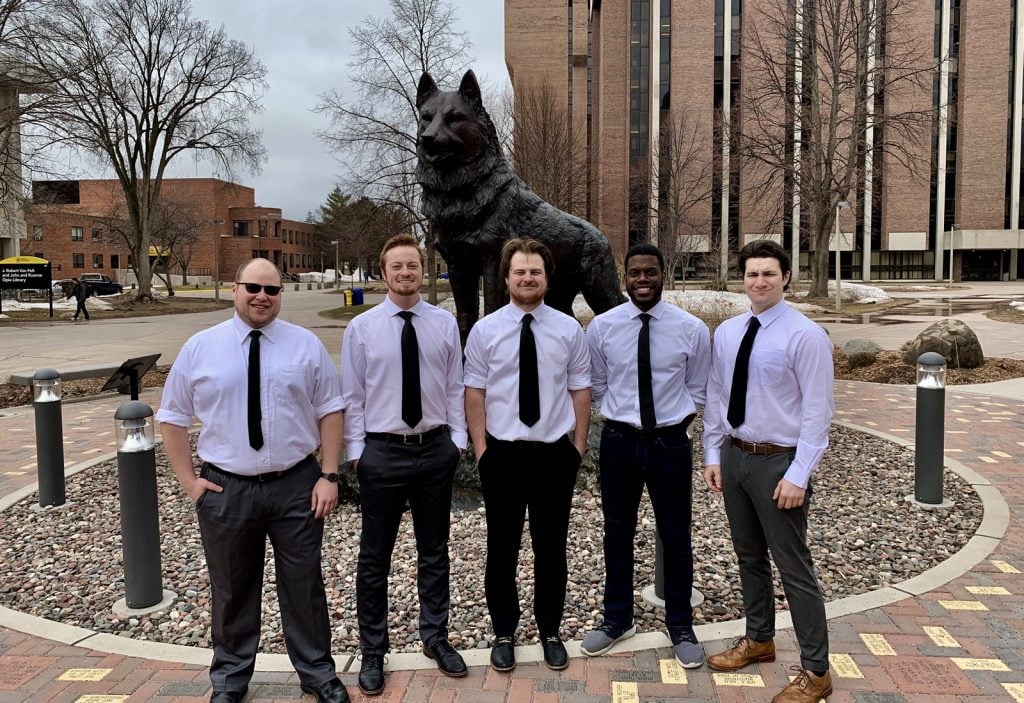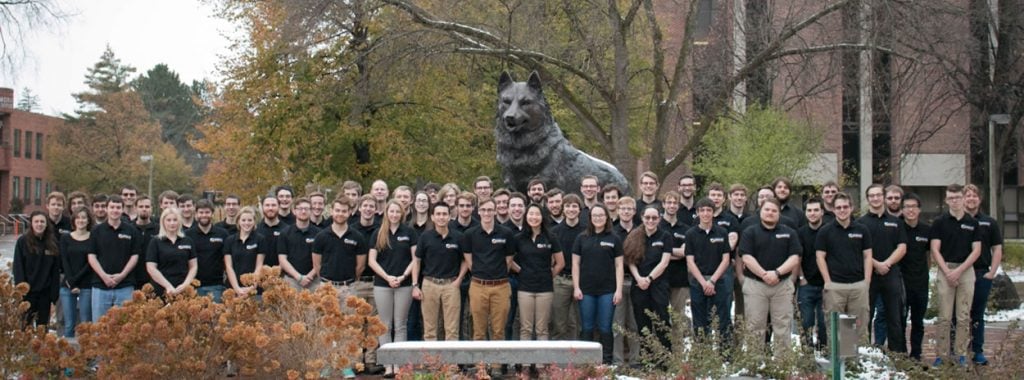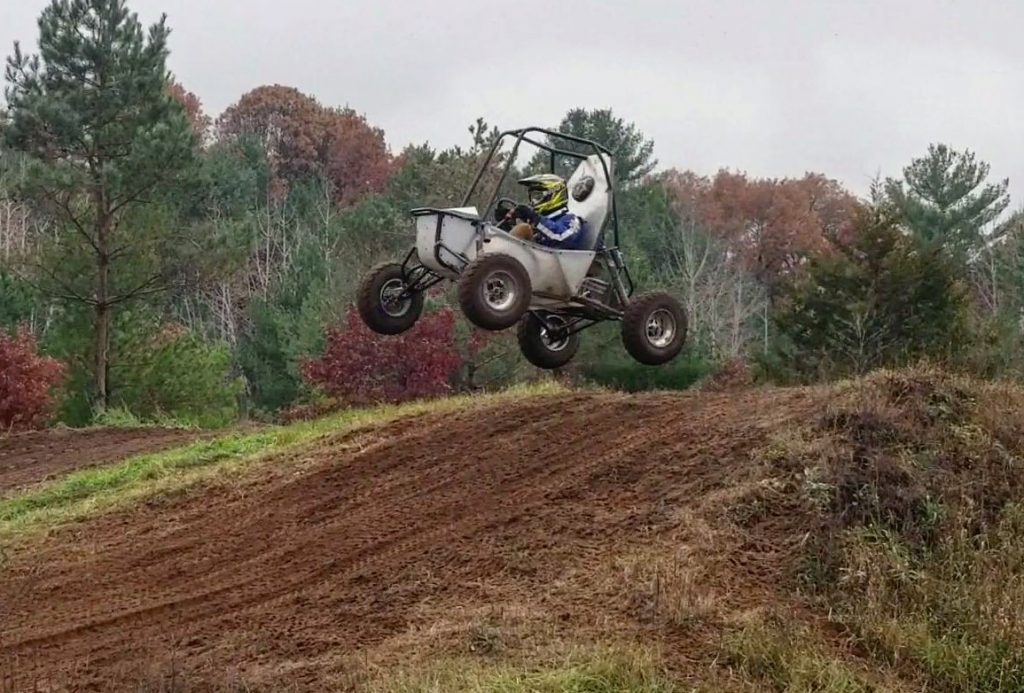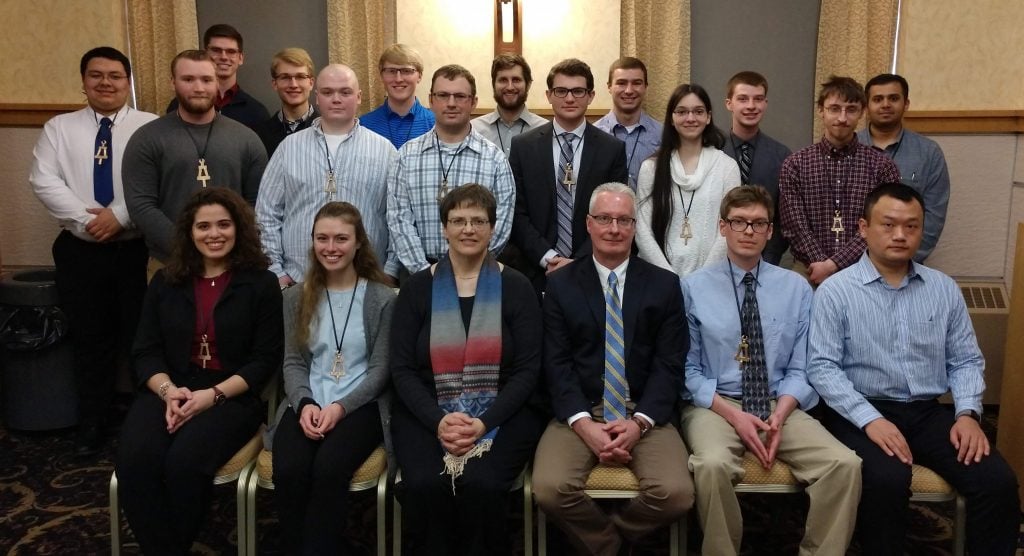 Engineering alumni will be among those recognized at the Alumni Reunion Awards Dinner on campus August 2, 2019.
Engineering alumni will be among those recognized at the Alumni Reunion Awards Dinner on campus August 2, 2019.
Outstanding Young Alumni
Distinguished in their careers before the age of 35; achieved a position or some distinction noteworthy for one so recently graduated
- Andrew H. Baker ’11 and ’14 Materials Science and Engineering
- Amberlee Haselhuhn ’11 and ’16 Biomedical Engineering, Materials Science and Engineering
Outstanding Service
Significant contributions to the success of the Board of Directors and/or the University
- Lou Anne ’81 and Fred ’81 Koerschner Chemical Engineering, Mechanical Engineering
Distinguished Alumni
Outstanding contributions in both their careers and to Michigan Tech
- Iver Anderson ’75 Metallurgical Engineering
Humanitarian Award
Volunteer leadership or service that has improved or enriched the lives of others and the welfare of humanity, and whose accomplishments reflect admirably on or bring honor to their Alma Mater
- Christine ’85 and Karl ’85 LaPeer Medical Technology, Mechanical Engineering

